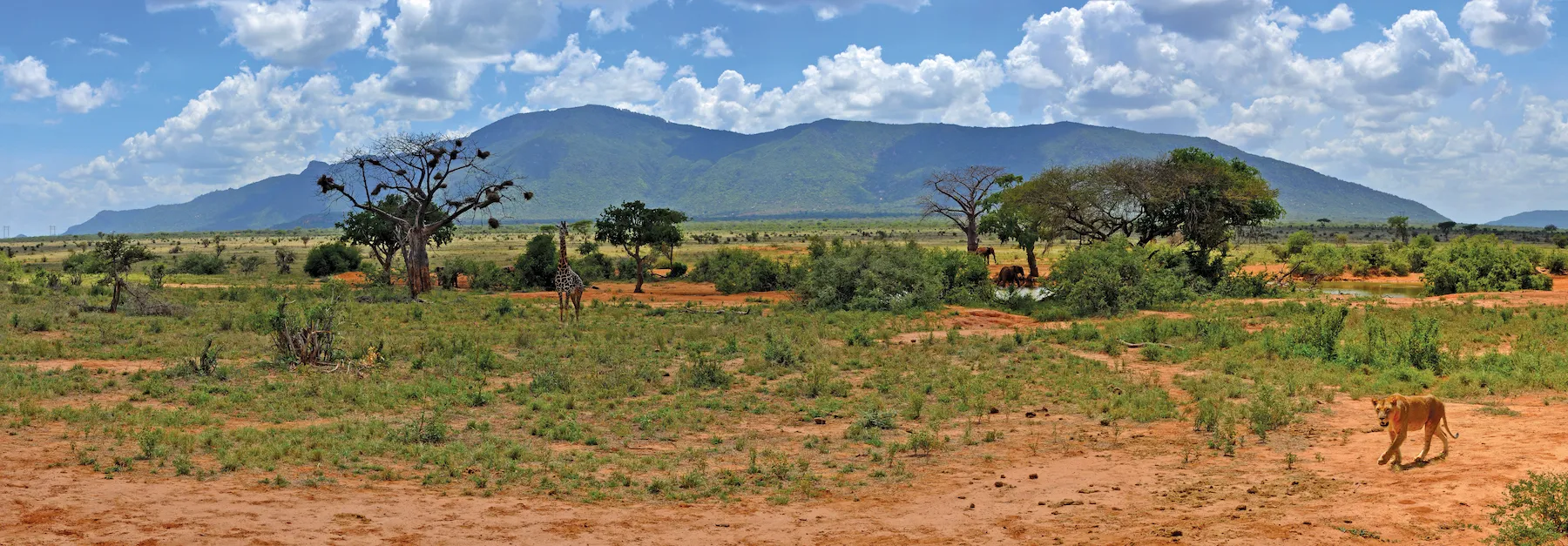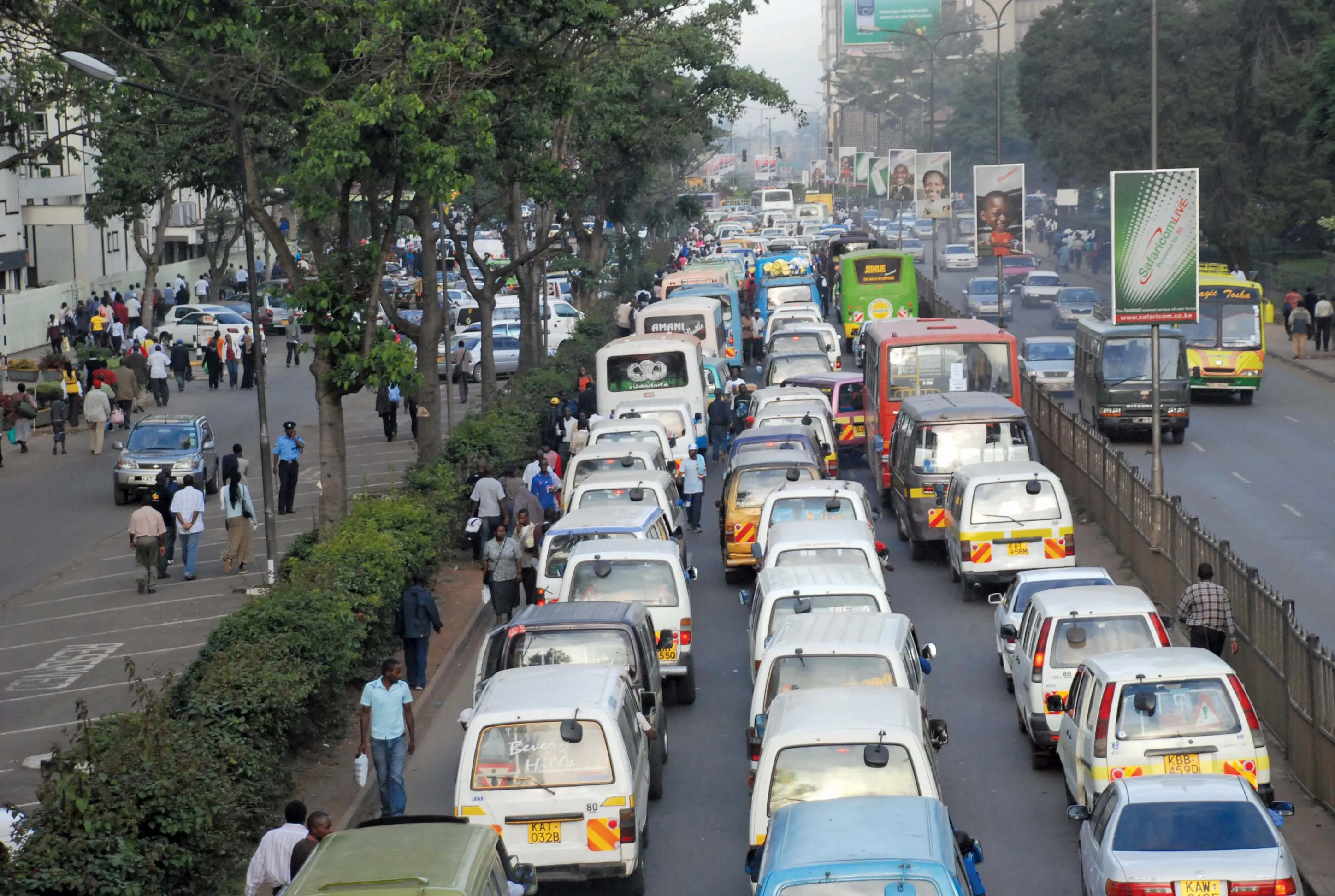Plans are being drawn up for a major new highway project in East Africa. Preparations are being made by the authorities in Kenya, Uganda and Tanzania. The 450km ring road route runs around the shoreline of Lake Victoria and will provide better transport connections for Kenya, Uganda and Tanzania, as well as for other near neighbours, particularly Rwanda and Burundi. New border posts will be required, to help increase the flow of traffic between the nations. Although it will be complex, the project will boos
June 30, 2016
Read time: 2 mins
RSSPlans are being drawn up for a major new highway project in East Africa. Preparations are being made by the authorities in Kenya, Uganda and Tanzania. The 450km ring road route runs around the shoreline of Lake Victoria and will provide better transport connections for Kenya, Uganda and Tanzania, as well as for other near neighbours, particularly Rwanda and Burundi. New border posts will be required, to help increase the flow of traffic between the nations. Although it will be complex, the project will boost transport connectivity around the lake area and develop trade and commerce between the three nations, as well as Rwanda and Burundi. It is expected to cost in the region of US$410 million to construct, but the economic benefits of the road to these five nations will vastly outweigh the building costs.
Feasibility studies are now being carried out with a view to providing the basis for a more detailed route, as well as assessing any potential environmental issues. Once the feasibility studies are complete design work can commence. Much of the funding for the project is expected to be sourced from the World Bank.
Kenya’s portion of the route would most likely run from Bumula in Busia County to Muhuru Bay in Migori County, according to the local authorities in Kenya’s Homa-Bay. The routes for the sections running through Uganda and Tanzania have yet to be revealed.
Feasibility studies are now being carried out with a view to providing the basis for a more detailed route, as well as assessing any potential environmental issues. Once the feasibility studies are complete design work can commence. Much of the funding for the project is expected to be sourced from the World Bank.
Kenya’s portion of the route would most likely run from Bumula in Busia County to Muhuru Bay in Migori County, according to the local authorities in Kenya’s Homa-Bay. The routes for the sections running through Uganda and Tanzania have yet to be revealed.







